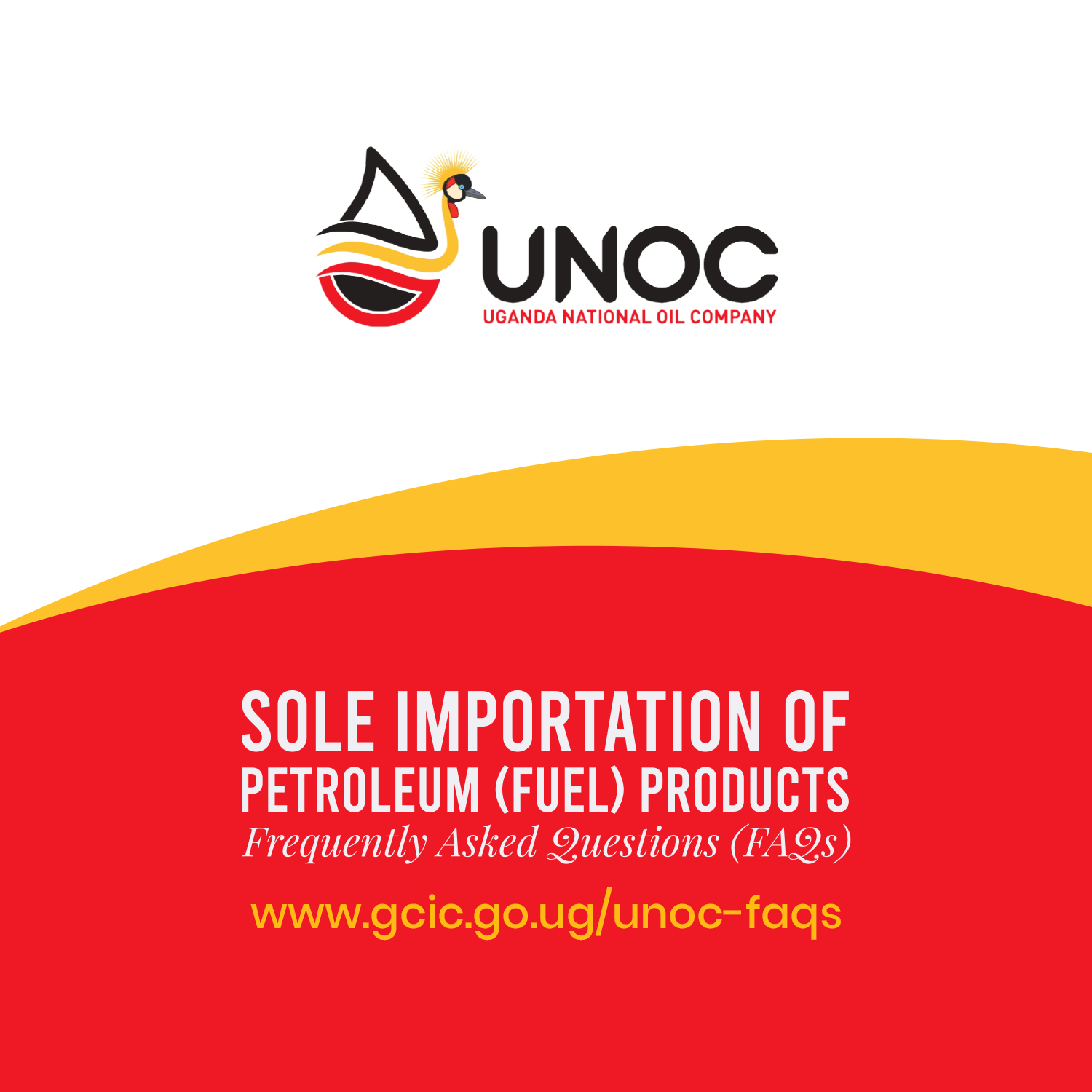The Uganda National Roads Authority (UNRA) has made significant advancements in the enhancement of the nation’s road infrastructure through two pivotal projects: the Moroto-Lokitanyala Road and the Muyembe-Nakapiripirit Road.
These initiatives are designed to improve connectivity, foster economic growth, and enhance the overall quality of life for citizens in Uganda. The financing for these projects is provided by the National Roads Development and Maintenance Programme (NRDMP), reflecting a commitment to improving transport networks across the country.
To ensure rigorous oversight of these projects, Allen Kagina, the Executive Director of UNRA, along with a team of technical experts, conducted a comprehensive evaluation in the Karamoja Subregion as part of a nationwide inspection initiative. Their involvement is vital for maintaining quality standards and ensuring that the projects adhere to established safety and quality benchmarks.
Ms. Kagina emphasised the significance of these infrastructure improvements, stating, “The completion of the road from Nadunget to Moroto signifies a major enhancement in local infrastructure, which had suffered from years of neglect. The original road, constructed around 2014 or 2015, was in a state of disrepair, necessitating immediate maintenance; however, the revitalised route is now a source of pride for the community. Prior to this upgrade, the road conditions were extremely poor, characterised by a Maram surface that severely impeded economic activities, particularly for local mining companies supplying essential rock materials to cement factories.”
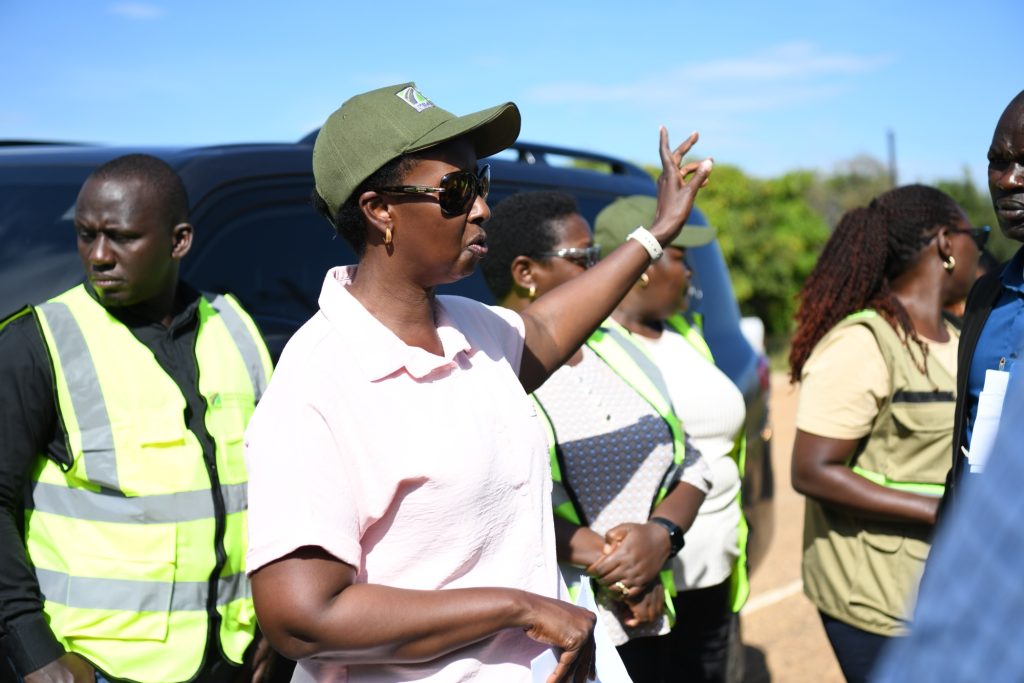
With the newly constructed road, the region is witnessing a surge in economic development opportunities. There exists potential for the increased establishment of cement production facilities and a diverse range of industries, including trade and tourism.
Given the region’s rich natural landscapes, it is particularly well-suited for tourism initiatives such as rock climbing, which are expected to flourish. This successful project is the result of a collaborative effort involving local leadership and community engagement, which was especially critical during challenging circumstances that required enhanced security measures.
As the project nears completion, there is a heightened focus on the community’s role in ongoing road maintenance. There are increasing concerns regarding road safety and misuse, highlighting the necessity of adhering to speed limits and respecting road signage. The prevalence of accidents in the past, primarily attributed to speeding, underscores the urgent need for continuous education and awareness campaigns aimed at ensuring community members prioritise their safety as they utilise this critical infrastructure.
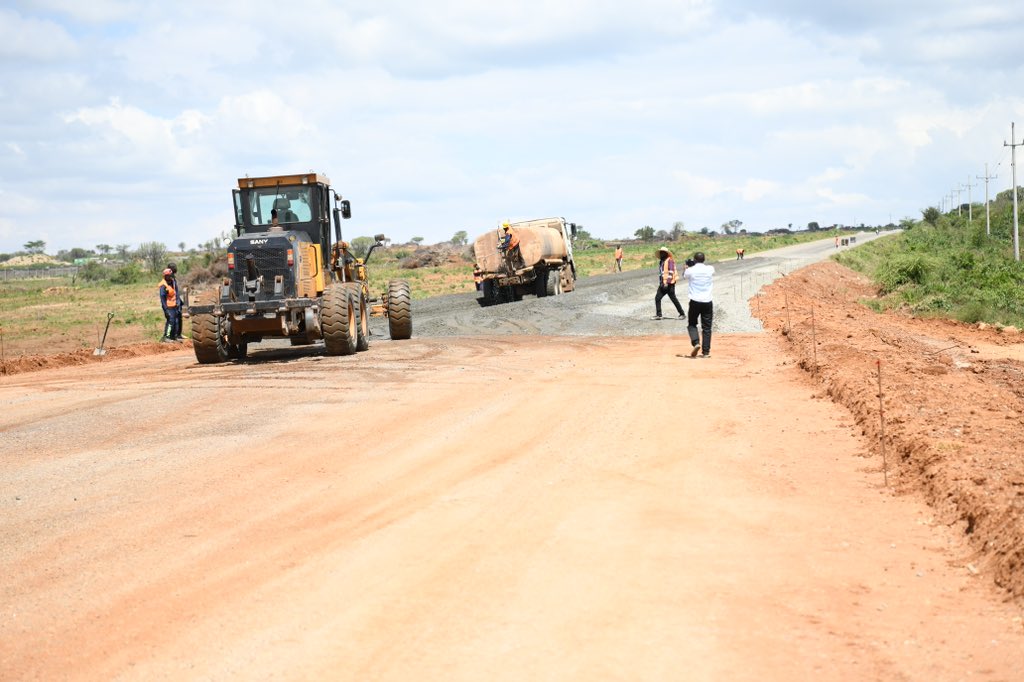
Overall, the revitalisation of the Moroto-Lokitanyala Road stands as a testament to the dedicated efforts of local leaders and the community, while also symbolising a commitment to sustainable development and a promising future for the region.
As of October 2024, the project has encountered several notable challenges. The contractor, China Railway No.3 Engineering Group Co. Limited (CR3), reported a physical progress rate of only 1.19% for the month, significantly lower than the planned progress of 9.55%. Cumulatively, the total physical progress stands at 85.57%, reflecting a shortfall of 8.36% against the estimated target. Financially, the project mirrors this trend, achieving just 1.01% of the planned target of 8.15%, leading to a cumulative financial progress of 89.57%, which also falls below expectations.
Several underlying factors have contributed to this lag in progress, particularly challenges related to right-of-way access in urban sections along the route. This has required the contractor to bypass certain areas where permissions for access had not been obtained. Despite these setbacks, work has resumed on crucial elements of the project, including stone pitching and the installation of precast U-drains, kerbstones, and other essential components.
The project also encompasses bridge construction; however, progress in this area has been stalled due to various challenges, including delays in design instructions, security issues, adverse weather conditions, and financial constraints. Currently, the bridge construction is at the foundational stage.
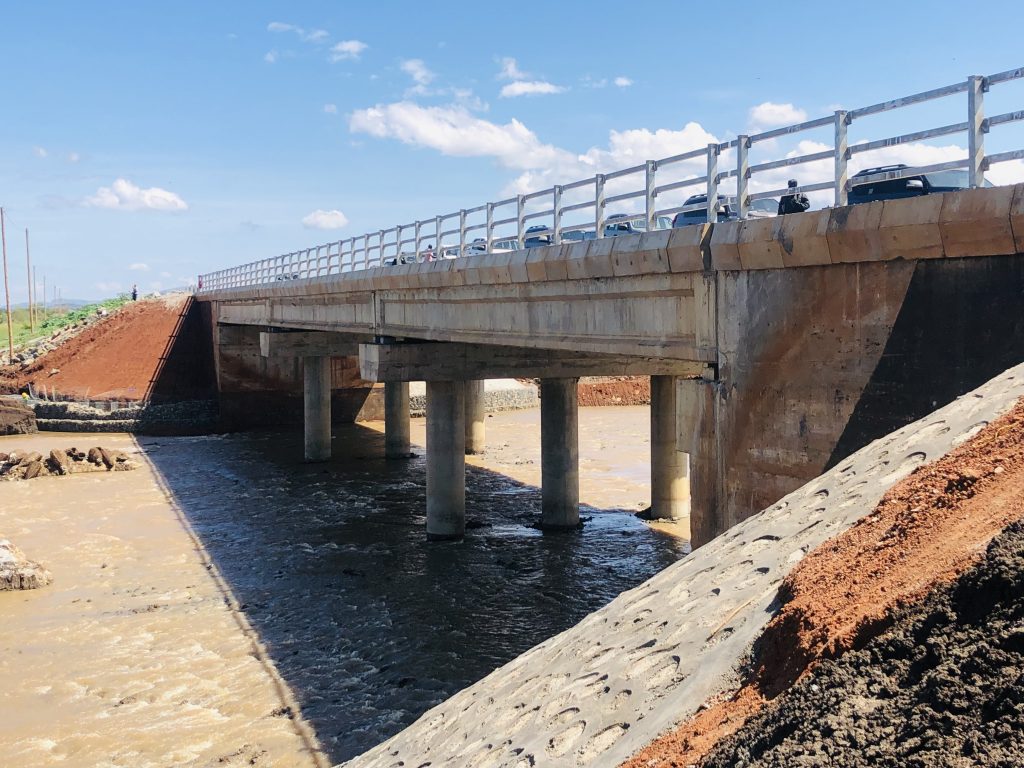
Land acquisition continues to be a significant hurdle that the project has faced since its inception. The team began updating right-of-way data for Project Affected Persons (PAPs) in April 2021, with the initial approvals granted in March 2022. Payments to the PAPs commenced in late November 2022, nearly 20 months after the project’s initiation. To mitigate the impacts of ongoing land acquisition issues, the supervision team has been actively engaging with local communities and leaders to secure access for construction while compensation processes remain in progress.
In contrast,The Muyembe-Nakapiripirit Road upgrade project, which holds significant importance, benefits from co-funding provided by the Islamic Development Bank in collaboration with the Government of Uganda.
This essential initiative aims to transform the existing 92-kilometre gravel road into a paved roadway, thereby enhancing connectivity and stimulating economic growth in northeastern Uganda.

Additionally, the project encompasses the improvement of 25 kilometres of secondary link roads and is scheduled for completion over a timeline of 36 months, followed by an additional 12-month period allocated for addressing any potential defects.
Allen Kagina, the Executive Director of the Uganda National Roads Authority (UNRA), has reported that progress on the second project is substantial, with considerable work already completed. However, certain sections within the mountainous regions necessitate further attention and resources. A particularly noteworthy development involves a previously flood-prone area; the road, which was once entirely impassable, is now fully accessible, marking a significant positive change for the region.
“The transformation of Uganda’s road infrastructure is advancing, especially in our second project. While specific mountainous areas require attention, we have successfully converted flood-prone regions into accessible routes. This trade corridor will enhance regional traffic and bolster local cement production. It is imperative that strict weight control measures are implemented to ensure the longevity of the road, potentially extending beyond the designated lifespan of 15 to 20 years. We highly appreciate the efforts of local leaders and look forward to continued collaboration,” stated Allen Kagina.
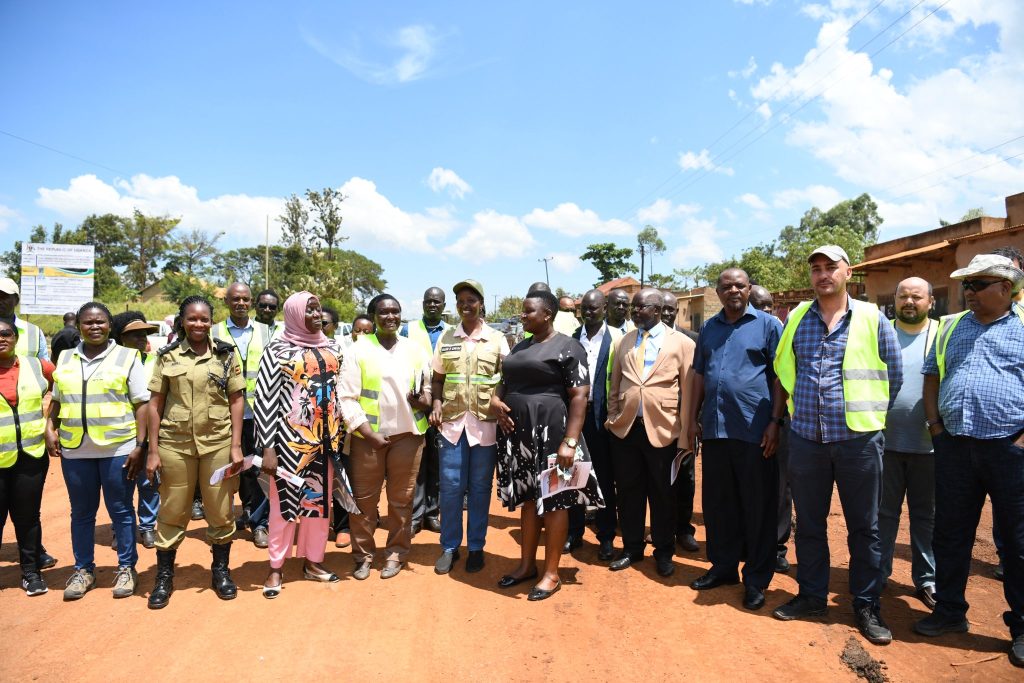
The project site encompasses the districts of Bulambuli, Kween, and Nakapiripirit, commencing from Muyembe and concluding in Nakapiripirit town.
The scope of work includes the creation of a Class II standard paved road, necessitating significant earthworks, the installation of drainage structures, the construction of pavement layers, and the incorporation of roadside furniture and other amenities.
As of October 2024, the contractor has achieved 68.47% physical progress, which is slightly below the planned 79.97%. Ongoing activities include earthworks and the completion of various culverts and bridge constructions.




